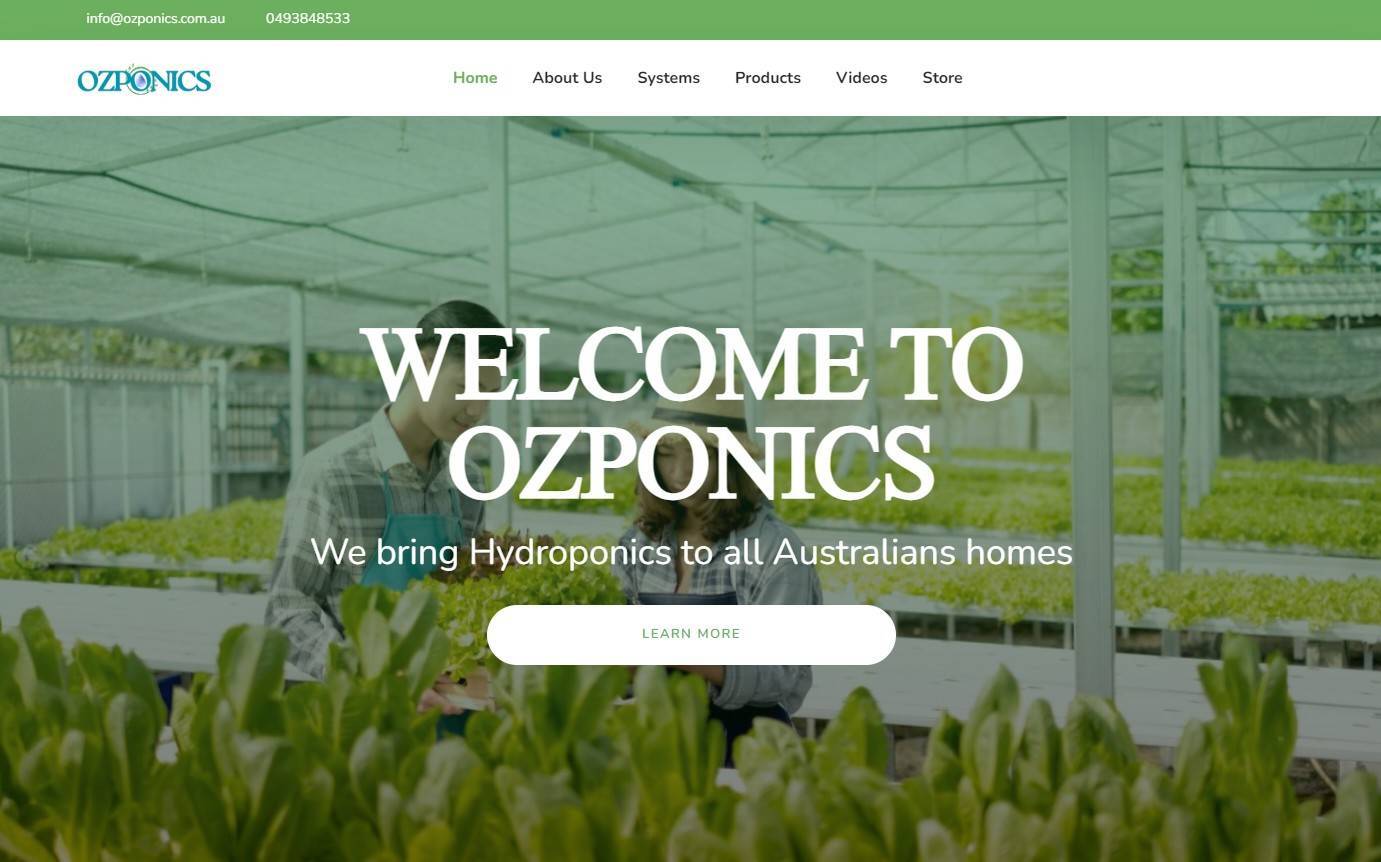Top 5 Hydroponic Crops Thriving in Australia

Easy DIY Hydroponic system farming in Australia has revolutionized the way crops are grown, offering efficient, sustainable, and high-yield solutions to meet diverse consumer demands. This article highlights five crops that thrive in hydroponic systems across Australia, discussing their suitability, cultivation tips, and market popularity.
1. Lettuce
Suitability: Lettuce is well-suited for hydroponic cultivation due to its shallow root system and quick growth cycle, making it ideal for both commercial and home hydroponic setups.
Cultivation Tips:
- Nutrient Solution: Maintain a balanced nutrient solution rich in nitrogen, phosphorus, and potassium (N-P-K) for optimal leafy growth.
- Lighting: Provide 12-16 hours of light daily using LED grow lights, adjusting light intensity to encourage compact and vibrant leaf growth.
- Temperature: Keep temperatures between 18-24°C for best results, ensuring adequate ventilation to prevent humidity-related issues.
Market Popularity:
Lettuce varieties such as butterhead, romaine, and leaf lettuce are widely favored in Australian markets for their freshness and crisp texture, appealing to health-conscious consumers.
2. Herbs (Basil, Mint, Parsley)
Suitability: Herbs thrive in hydroponic systems, offering quick harvest cycles and intense flavors prized in culinary applications.
Cultivation Tips:
- Growing Medium: Use coco coir or perlite for good drainage and aeration, promoting healthy root development.
- Nutrient Management: Adjust nutrient levels to support robust growth and aromatic qualities, ensuring pH levels are maintained between 5.5-6.5.
- Harvesting: Regular pruning encourages bushy growth and enhances flavor concentration in leaves.
Market Popularity:
Basil, mint, and parsley are staple herbs in Australian kitchens, prized for their culinary versatility and freshness, driving demand in both retail and hospitality sectors.
3. Tomatoes
Suitability: Tomatoes thrive in hydroponic environments, producing high yields of flavorful fruits with fewer pests and diseases compared to soil-based cultivation.
Cultivation Tips:
- Support Systems: Use trellises or stakes to support vine growth and fruit development, ensuring adequate spacing between plants.
- Pollination: Shake plants gently to facilitate pollination or use a small fan to mimic natural airflow, enhancing fruit set.
- Nutrient Solution: Provide a balanced blend of nutrients with emphasis on potassium for robust fruit development and flavor.
Market Popularity:
Hydroponically grown tomatoes are prized for their consistent quality, vine-ripened flavor, and extended shelf life, appealing to consumers seeking premium, locally grown produce.
4. Cucumbers
Suitability: Cucumbers thrive in hydroponic systems, producing high yields of crisp, seedless fruits favored in salads, pickling, and culinary preparations.
Cultivation Tips:
- Vertical Growth: Train vines to climb trellises or wire supports, optimizing space and improving air circulation around plants.
- Temperature Control: Maintain daytime temperatures around 25-30°C and nighttime temperatures around 18-20°C for optimal growth and fruit development.
- Pollination: Hand-pollinate flowers using a small brush or implement natural pollinators like bumblebees for maximum fruit set.
Market Popularity:
Hydroponic cucumbers are prized for their uniform size, crunchy texture, and sweet flavor, meeting year-round consumer demand for fresh, local produce.
5. Strawberries
Suitability: Strawberries flourish in hydroponic systems, producing sweet, juicy berries prized for their flavor and nutritional benefits.
Cultivation Tips:
- Growing Media: Use perlite or coconut coir for good drainage and root aeration, supporting vigorous growth and fruit production.
- Light Requirements: Provide 10-12 hours of direct sunlight or equivalent artificial light to promote flowering and fruiting.
- Nutrient Management: Maintain pH levels between 5.5-6.5 and provide a balanced nutrient solution rich in potassium, phosphorus, and micronutrients for optimal berry development.
Market Popularity:
Hydroponically grown strawberries are celebrated for their sweetness, size, and extended shelf life, catering to premium markets and direct-to-consumer sales channels.
